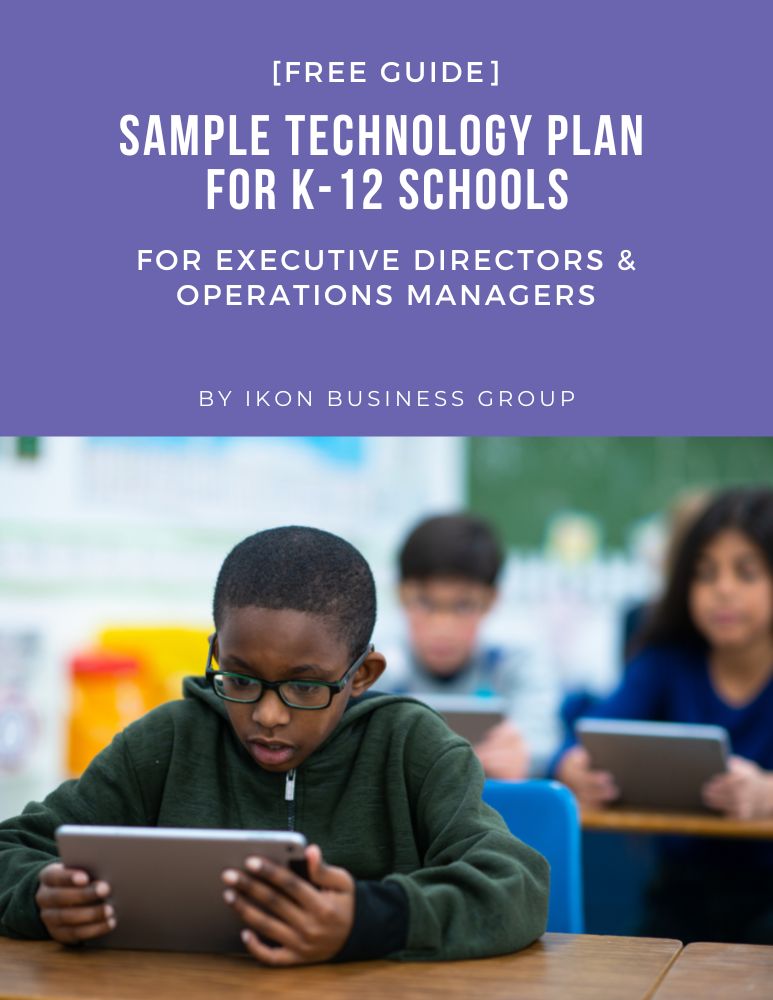The Federal Communications Commission’s chairwoman states that the program, valued at $200 million over three years, will operate independently from E-rate funding.
FCC Chairwoman Jessica Rosenworcel has recently unveiled a proposition for a pilot program spanning three years and amounting to $200 million. This initiative aims to provide funding for the integration of cybersecurity technologies within K–12 schools and public libraries. This development arrives in the aftermath of a growing demand for the FCC to integrate cybersecurity enhancements into the scope of E-rate funding.
Several factors have driven this call for change, particularly the following threats and challenges that K–12 schools are facing in the digital landscape:
- Rising Cybersecurity Threats: Educational institutions have become prime targets for cyberattacks due to the vast amounts of sensitive student and staff data they possess. The frequency and sophistication of cyber threats, including ransomware attacks and data breaches, have increased significantly. This has highlighted the vulnerability of these institutions and the need for robust cybersecurity measures.
- Critical Data Protection: K–12 schools store large amounts of personal and confidential information, ranging from student records to financial data. Breaches of this sensitive data not only compromise privacy but also disrupt the educational environment. Integrating cybersecurity into E-rate funding would provide the necessary resources to safeguard this critical information.
- Educational Disruption: Cyberattacks on schools can disrupt daily operations, including online learning, administrative functions, and communication systems. Such disruptions can have far-reaching impacts on students’ education and the overall functionality of schools. By bolstering cybersecurity, institutions can minimize the risk of these disruptive incidents.
- Evolving Technological Landscape: The rapid adoption of digital tools and technologies in education has expanded the attack surface for cybercriminals. From remote learning platforms to IoT devices in classrooms, the interconnectedness of these technologies increases the potential entry points for cyber threats. Cybersecurity enhancements are essential to mitigate these risks.
- Regulatory and Compliance Requirements: As data protection regulations become more stringent, educational institutions are under greater pressure to ensure compliance. Failing to adequately secure data can result in legal consequences and reputational damage. Incorporating cybersecurity into E-rate funding can assist schools in meeting these regulatory demands.
- Long-Term Sustainability: A proactive approach to cybersecurity is crucial for the long-term sustainability of educational initiatives. Without proper safeguards, the potential for reputational harm and financial losses due to cyber incidents can hinder the growth and progress of educational institutions.
In essence, the growing demand to integrate cybersecurity into E-rate funding is a response to the evolving digital landscape, the increasing frequency of cyber threats, and the recognition that educational institutions need comprehensive support to protect their systems, data, and operations from cyber risks.
Should this proposal be adopted, the program will be established as a distinct entity from E-rate, ensuring that it doesn’t impede the success of E-rate in its mission to advance digital equity. Rosenworcel highlighted this intention with the following statement:
“With the growing number of sophisticated cyberattacks on schools and especially the rise in
malicious ransomware attacks that harm our students, now is the time to take action. We’re proposing a significant investment of up to $200 million over three years to harden the cyber defenses and determine the most effective methods to protect our schools and libraries. Our pilot program will work in tandem with federal agency partners that have deep expertise in this area.”
Prominent entities like The Consortium for School Networking and Funds for Learning have taken the lead in advocating for the expansion of the prevailing E-rate program. Originally confined to bolstering network connectivity technologies, the current program falls short in addressing the escalating cyber threats directed at K–12 establishments. Advocates for change point to the surge in cyberattacks targeting schools, underscoring the urgency for more robust cybersecurity solutions. The most recent report by CoSN has underscored that cybersecurity continues to rank as a predominant concern among IT leaders in the K–12 sector.


